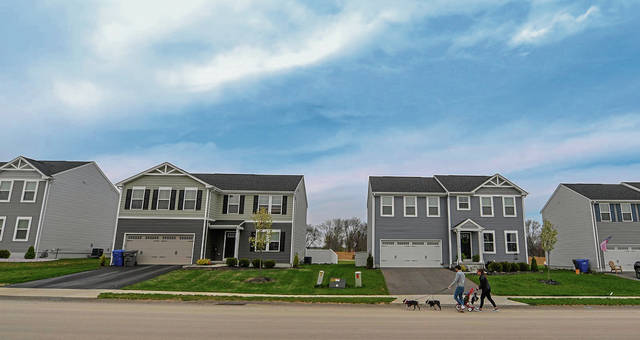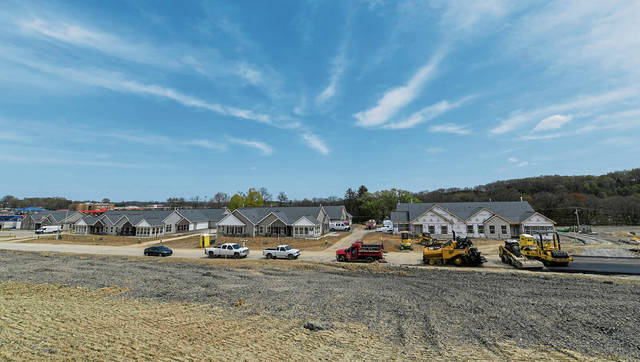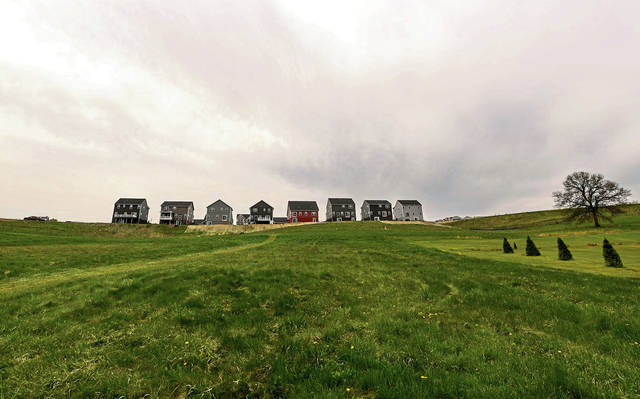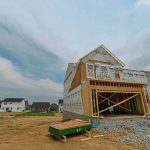The Alle-Kiski Valley’s population has declined since the 2010 census, but four of its communities are growing, according to census estimates.
The Valley’s 42 municipalities had a combined population of 190,950 in 2019, down about 3% from the 2010 census, the numbers show.
Bucking that trend were Oakmont, which saw its population grow nearly 4% to 6,541; Harmar, up 2.6% to 2,997; West Deer, up 1.8% to 11,986; and Buffalo Township, up 1.2% to 7,399.
“I don’t think it’s any one thing that we can attribute the growth to,” said Oakmont Council President Patricia Friday.
Friday pointed to a combination of factors, including the borough’s location, riverfront access, strong community involvement and a solid school district. The Pennsylvania Turnpike runs along the borough’s eastern border, Route 28 is just across the Allegheny River and Pittsburgh is less than 15 miles away.
Yet, despite its proximity to Pittsburgh, Oakmont has retained its small-town charm with historic Victorian homes, tree-lined streets and a healthy downtown business district, Friday said. It is perhaps best known as the namesake home of Oakmont Country Club, even though most of the course is in Plum. The country club has hosted nine U.S. Open championships, more than any other course.
“There’s been a shift in the desire of people to go back to some of the qualities of small-town living — the walkability, the amenities, the interconnectedness of neighborhoods where your neighbors become your friends,” Friday said. “There’s a real sense of community.”
Despite those qualities, Oakmont hasn’t seen an uptick in population in the decennial census since 1970.
West Deer ranks No. 3
West Deer has seen population growth in all but one decennial census since 1910 — the exception being 1950, when its population dipped 4.2% from 10 years earlier.
“Over the past decade or so, the township leadership, the board of directors and the administration has worked very hard in marketing this municipality and all the positives it offers,” Township Manager Daniel Mator said.
Mator pointed to the township’s infrastructure, roads and stormwater systems as some of its drawing cards. He also noted the township is close to Pittsburgh, but its rural setting offers a “peaceful, tranquil location.”
Mator said there are two main demographics of people moving into West Deer.
One group is retired people who are moving into the township’s patio homes. The other is young families, who Mator said want to raise their children in an area where they can afford a big yard and send their children to a good school.
While Mator anticipates population increases will continue, he said township officials are trying to be careful about that growth.
“The board of supervisors here in West Deer Township understands balancing growth with maintaining the character of the West Deer community,” he said. “We’ve been very mindful about what kinds of developments we want and where we want them in this township.”
West Deer is the Alle-Kiski Valley’s third-largest community by population, behind Plum and New Kensington.
Buffalo Township inches up
Buffalo Township is the Valley’s eighth-largest community, up one spot from 2010, the numbers show.
The township got three more new residents in December when Zack and Krista Rupert and their 1-year-old son moved into the Twin Oaks housing development off Hepler Road. The development didn’t exist when the 2010 Census numbers were taken.
The Ruperts relocated from McCandless in the North Hills so they could be closer to family in Kittanning and still be close enough to the big-city amenities that Pittsburgh has to offer, Zack Rupert said. In Buffalo Township, he said they found a nice, growing community with affordable home prices, lower Butler County taxes and a good school district. It recently got its first Starbucks, he added.
“It was the right spot. It seems like the community is on the right trajectory and making the right steps. I think it’s going to be the next Cranberry someday,” Rupert said, referring to the southwestern Butler County township that has seen its population increase more than sixfold to nearly 32,000 since 1970.
Towns losing people
Growing communities aren’t the norm in the Alle-Kiski Valley.
Of the 38 municipalities that experienced population declines, 10 had drop-offs of at least 6%: Oklahoma Borough (down 8%), Leechburg (7.7%), Apollo (7.5%), Freeport (7.5%), North Apollo (7.4%), Kiski Township (6.8%), Parks Township (6.6%), Vandergrift (6.3%), New Kensington (6.3%) and Arnold (6.1%).
Freeport Mayor James Swartz called his town’s population drop “a big concern.” He’s worried that a decreasing population might make it harder to secure state or federal funding and grants.
“I figured it would drop a little bit, but that’s pretty drastic,” he said of the 7.5% decline.
In several communities with declining populations, revitalization efforts offer promise of a turnaround in the numbers.
In New Kensington, officials announced plans last year for a $5 million digital innovation lab in the heart of a downtown area the city has dubbed the Corridor of Innovation. Signs of revitalization have popped up elsewhere downtown in the form of new restaurants and small businesses.
In neighboring Arnold, an Alabama-based air filter manufacturer recently announced plans to build its first facility in the northeastern United States in the city, and the operation could employ more than 100 people.
Likewise, in Tarentum, several new businesses have sprouted up in the central business district, some occupying long-vacant storefronts there, and the borough has aggressively fought blight, demolishing dozens of run-down buildings in recent years.
Kiski Township Secretary Patrick Bono said he was surprised to learn the community’s population had dropped — he thought it was increasing. But he said he thinks initiatives such as starting a sewage authority and designating a new business corridor could attract more people to the community.
“I believe it’s going to grow,” he said. “It’s a beautiful place to live.”

















